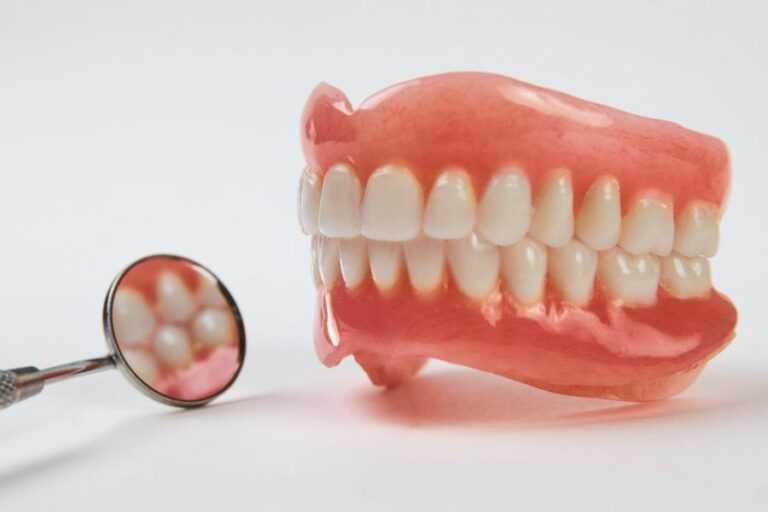— Dr. Ronnie Deniger
SLIDELL, LOUISIANA, UNITED STATES, July 19, 2024 /EINPresswire.com/ — Crossgates Dentalled by Dr. Ronnie Deniger, provides critical information on the causes, symptoms and prevention of gum disease. Gum disease, which includes conditions such as gingivitis and periodontitis, is a common dental health issue that can have significant consequences if left untreated. This press release aims to educate the public about understanding these conditions and taking preventative measures to prevent them.
Understanding gum disease
Gingivitis, also known as periodontal disease, is an infection of the tissues that surround and support the teeth. It mainly occurs due to the build-up of plaque, a sticky film of bacteria that forms on the teeth. When plaque isn’t removed with regular brushing and flossing, it can harden into tartar, which harbors bacteria and leads to gum inflammation.
Causes of gum disease
Several factors contribute to the development of gingivitis. Poor oral hygiene is the most important cause, as it allows plaque to build up and harden into stone. Other contributing factors include smoking, hormonal changes, certain diseases such as diabetes, medications that reduce saliva flow, and genetic susceptibility.
Dr. Ronnie Deniger emphasizes the importance of recognizing and addressing these risk factors to maintain optimal oral health. “Understanding the causes of gingivitis is the first step in preventing it. Regular dental checkups and good oral hygiene practices are essential to effectively manage these risk factors,” says Dr. Deniger.
Symptoms of gum disease
Gum disease often progresses silently, with minimal pain in the early stages. However, there are several warning signs to be aware of:
Red, swollen or tender gums: Inflammation and tenderness of the gums are common indicators of gingivitis, the earliest stage of gingivitis.
Bleeding Gums: Gums that bleed easily when brushing or flossing signal possible gum disease.
Persistent bad breath: Bacteria in the mouth can produce foul-smelling compounds, leading to chronic bad breath.
Receding gums: Gums receding from teeth can expose the root of the tooth, leading to sensitivity and possible tooth loss.
Loose or displaced teeth: Advanced gum disease can weaken the bone that supports the teeth, causing the teeth to loosen or shift position.
Pus between teeth and gums: Pus or discharge in the gum area is a clear sign of infection.
Prevention of gum disease
Preventing gingivitis requires a proactive approach to oral health. Dr. Ronnie Deniger outlines several key steps to maintaining healthy gums:
Regular brushing and flossing:
Brush teeth at least twice a day using fluoride toothpaste and a soft-bristled toothbrush. Floss daily to remove plaque and food particles between teeth and along the gum line.
Professional dental cleaning:
Regular dental cleanings performed by a dental professional are vital to removing tartar that cannot be removed by brushing and flossing alone. These cleanings help prevent gum disease and detect early signs of the condition.
Healthy diet:
A balanced diet rich in vitamins and minerals supports overall oral health. Limiting sugary and acidic foods can reduce the risk of plaque formation.
Avoid smoke:
Smoking and the use of other tobacco products significantly increase the risk of gingivitis. Quitting tobacco use can improve oral health and overall well-being.
Regular dental check-ups:
Regular dental visits allow early detection and treatment of gum disease. Regular check-ups ensure that any signs of gingivitis are treated promptly before they progress to more serious stages.
Manage health conditions:
Conditions such as diabetes can affect gum health. Managing underlying health problems through proper medical care can reduce the risk of developing gingivitis.
Treatment of gum disease
If gum disease is detected, early treatment is essential to prevent further damage. Treatment options vary depending on the severity of the condition:
Professional cleaning:
In the early stages of gum disease, professional dental cleanings can remove plaque and tartar from the teeth and below the gum line.
Scaling and Root:
This deep cleaning procedure involves removing tartar from below the gum line and smoothing the root surfaces to promote healing and reattachment of the gums.
Medicines:
Antibiotic medications may be prescribed to reduce bacterial infection and inflammation in the gums.
Surgical treatments:
In advanced cases of gingivitis, surgical procedures such as flap surgery, bone grafts, or tissue regeneration may be necessary to restore gum and bone health.
conclusion
Gum disease is a common but preventable condition. By understanding its causes, recognizing the symptoms, and taking preventative measures to maintain oral health, individuals can protect their gums and overall dental wellness. Regular dental checkups and professional cleanings play a vital role in the prevention and management of gum disease.
Morgan Thomas
Rhino Digital, LLC
+1 504-875-5036
email us here
Visit us on social media:
Facebook
![]()
![]()


